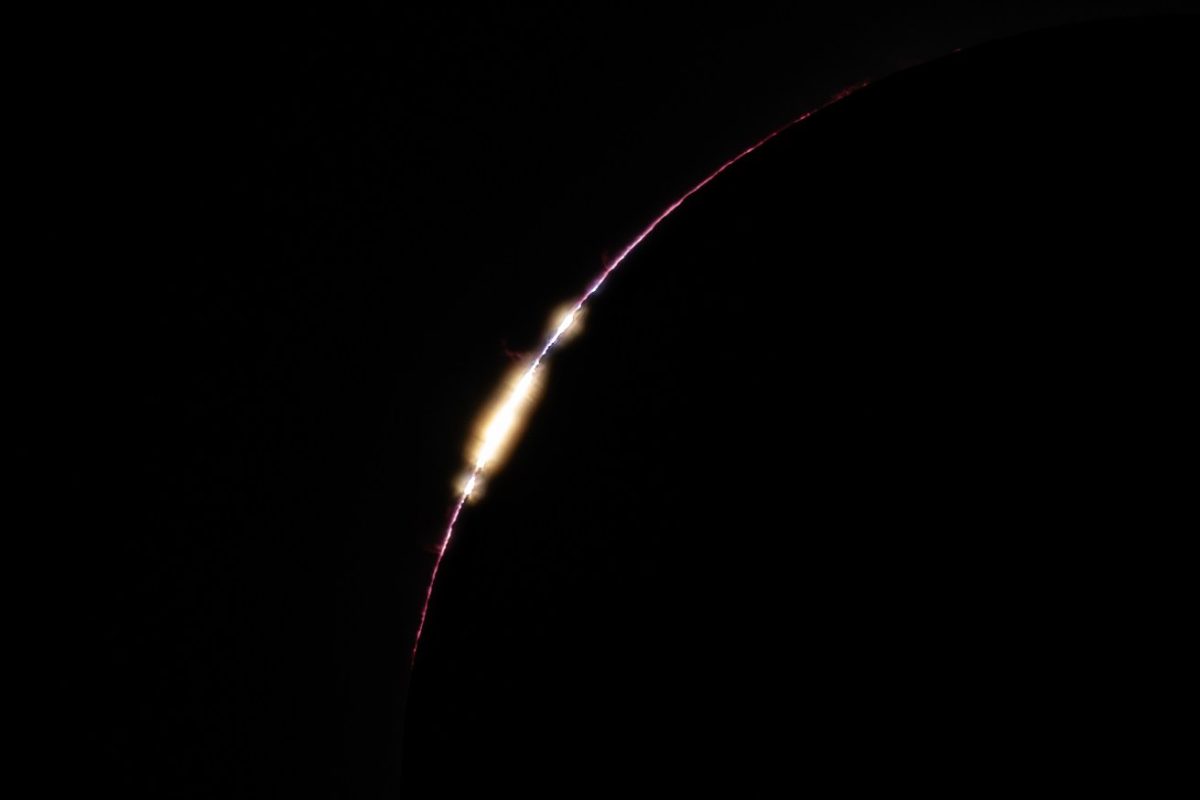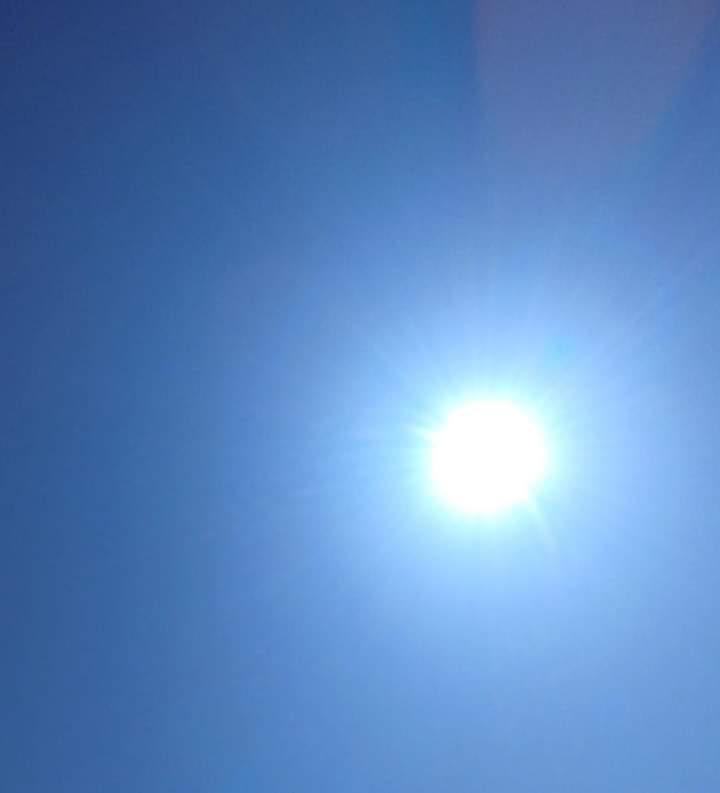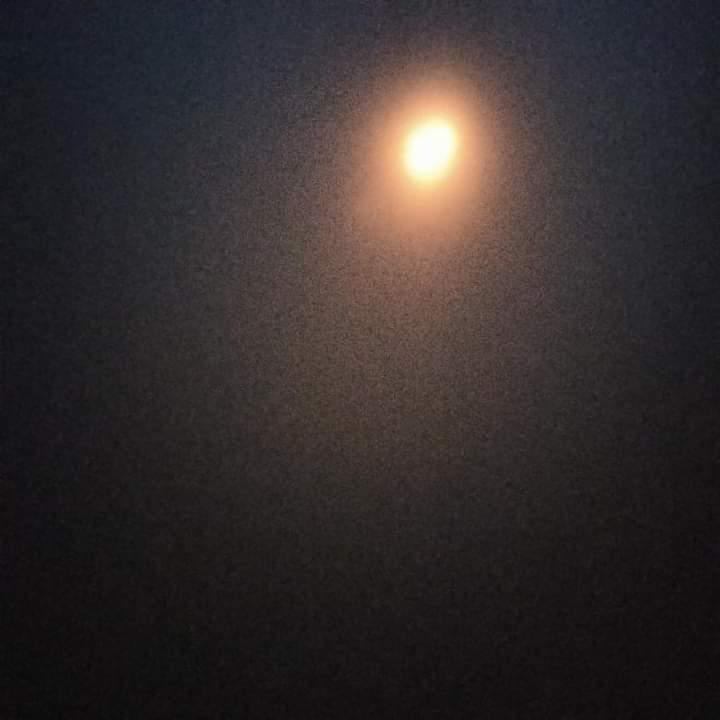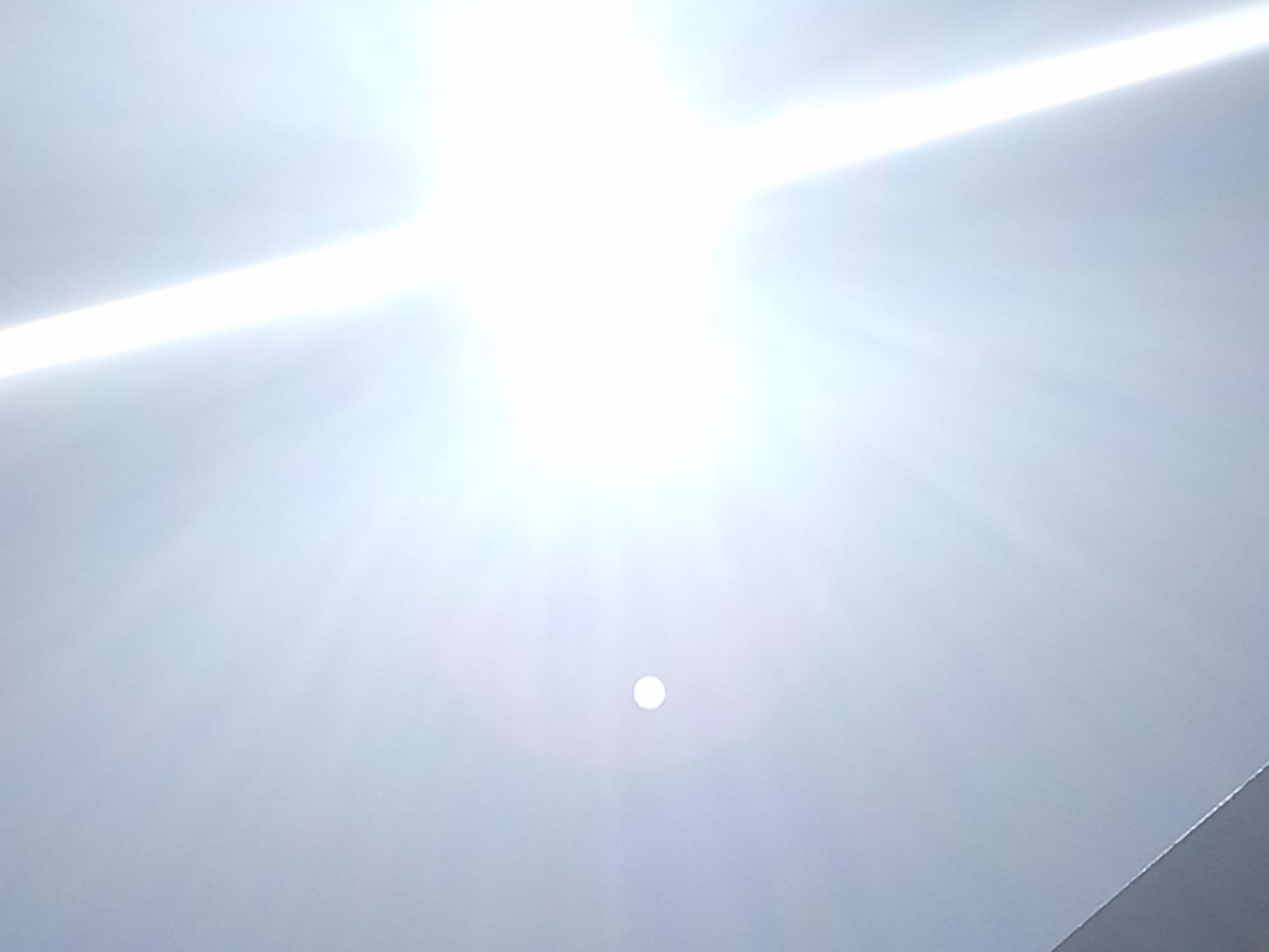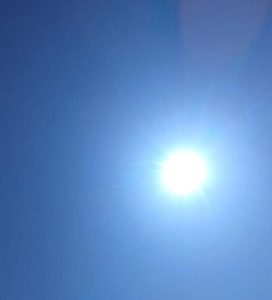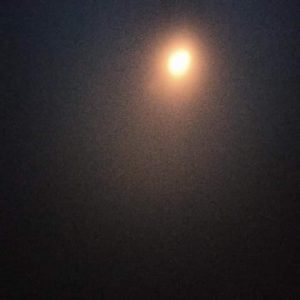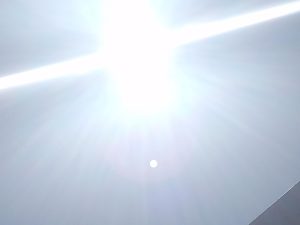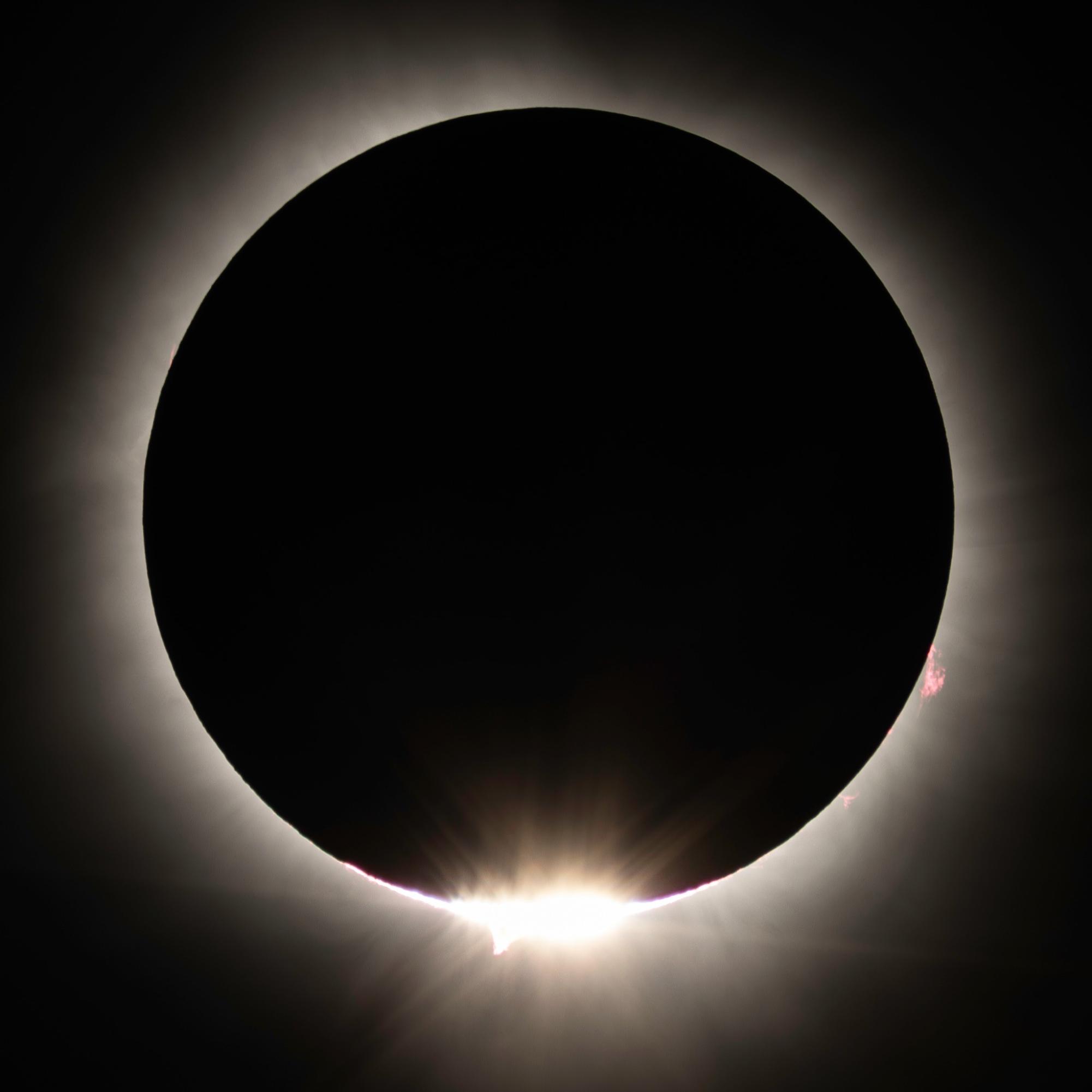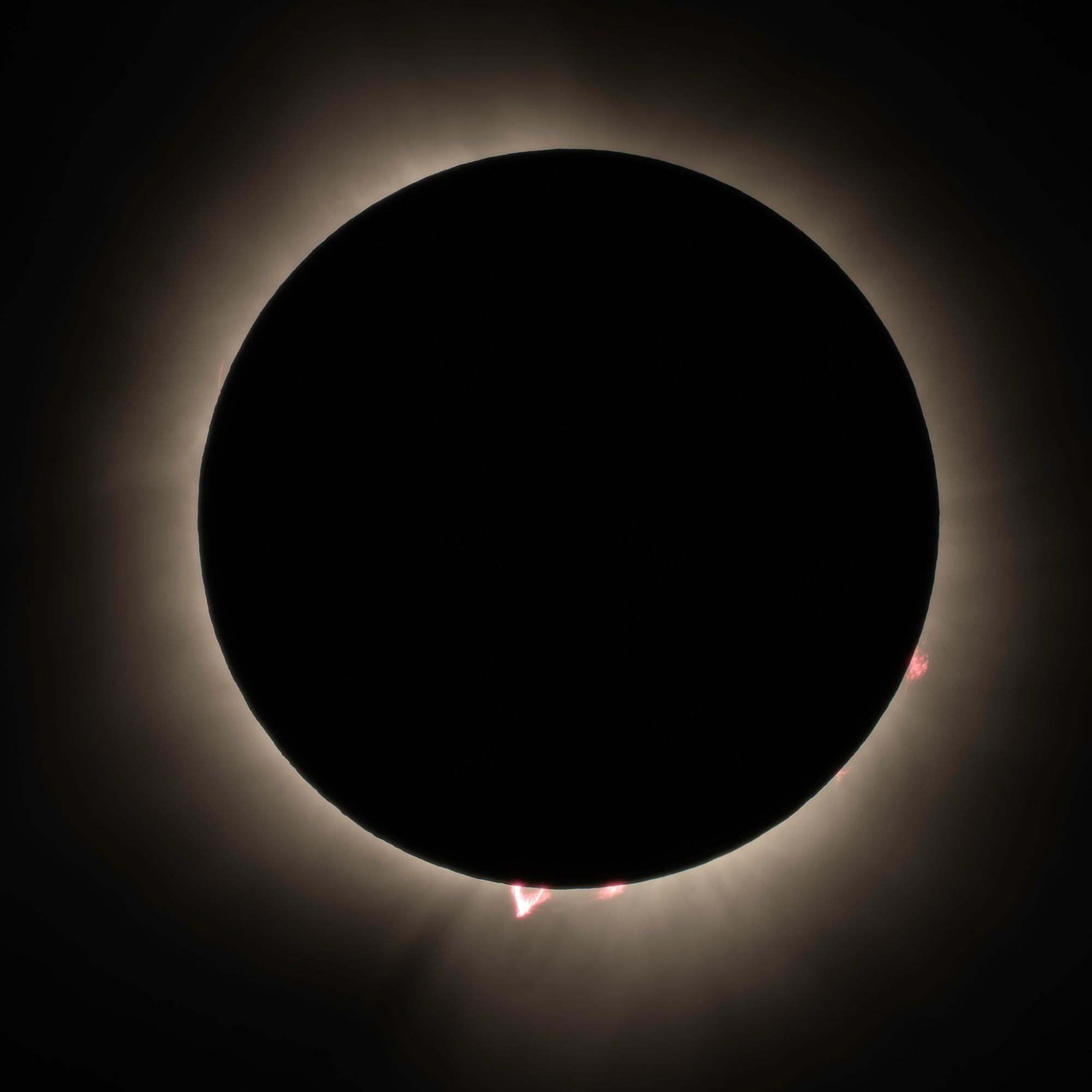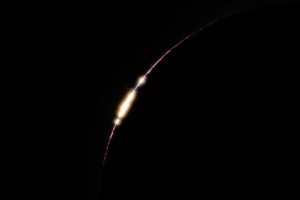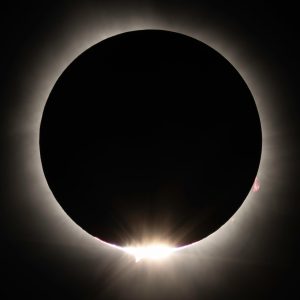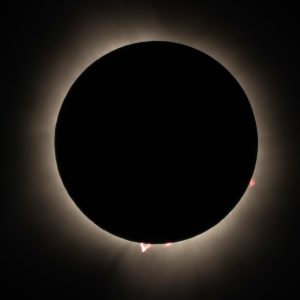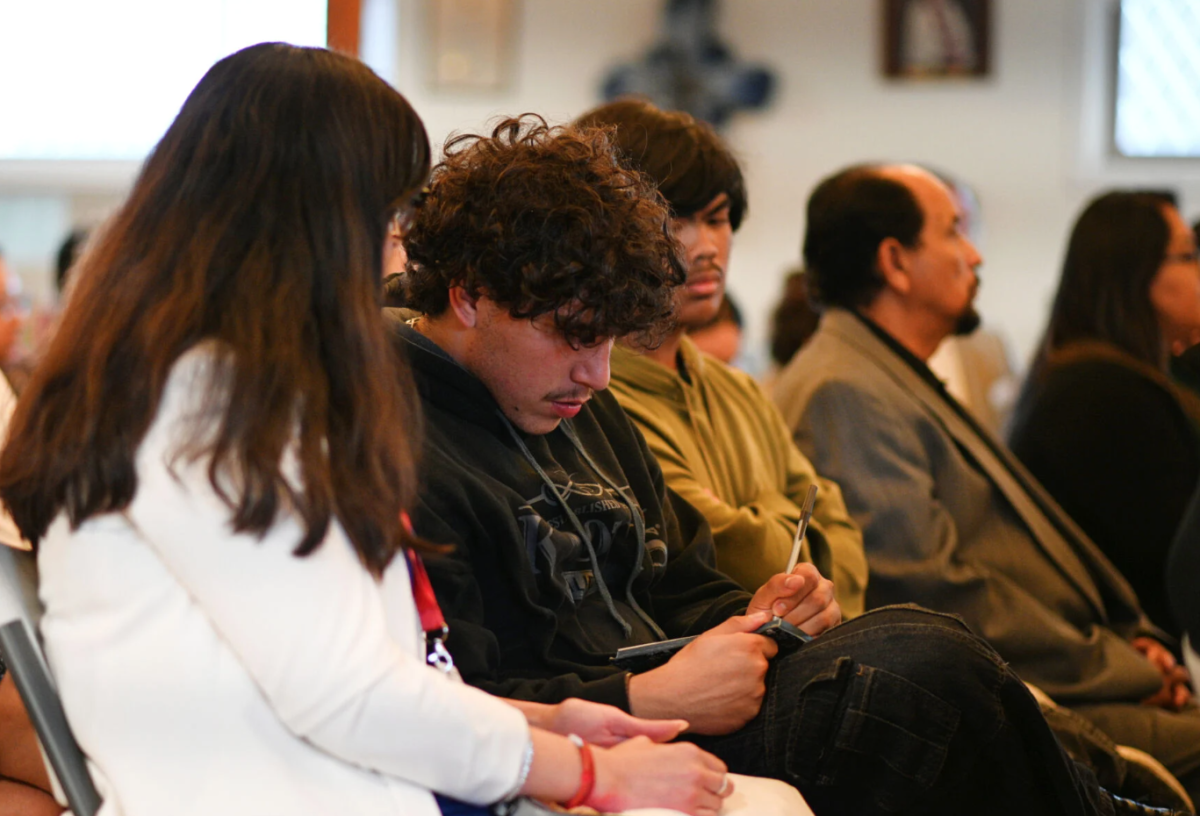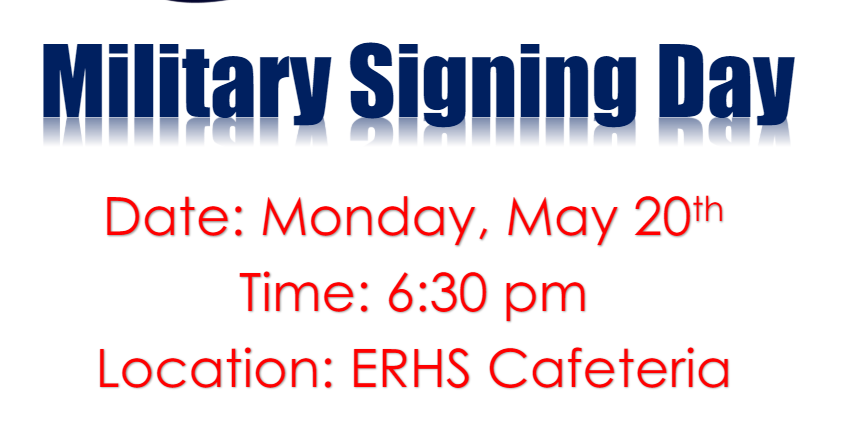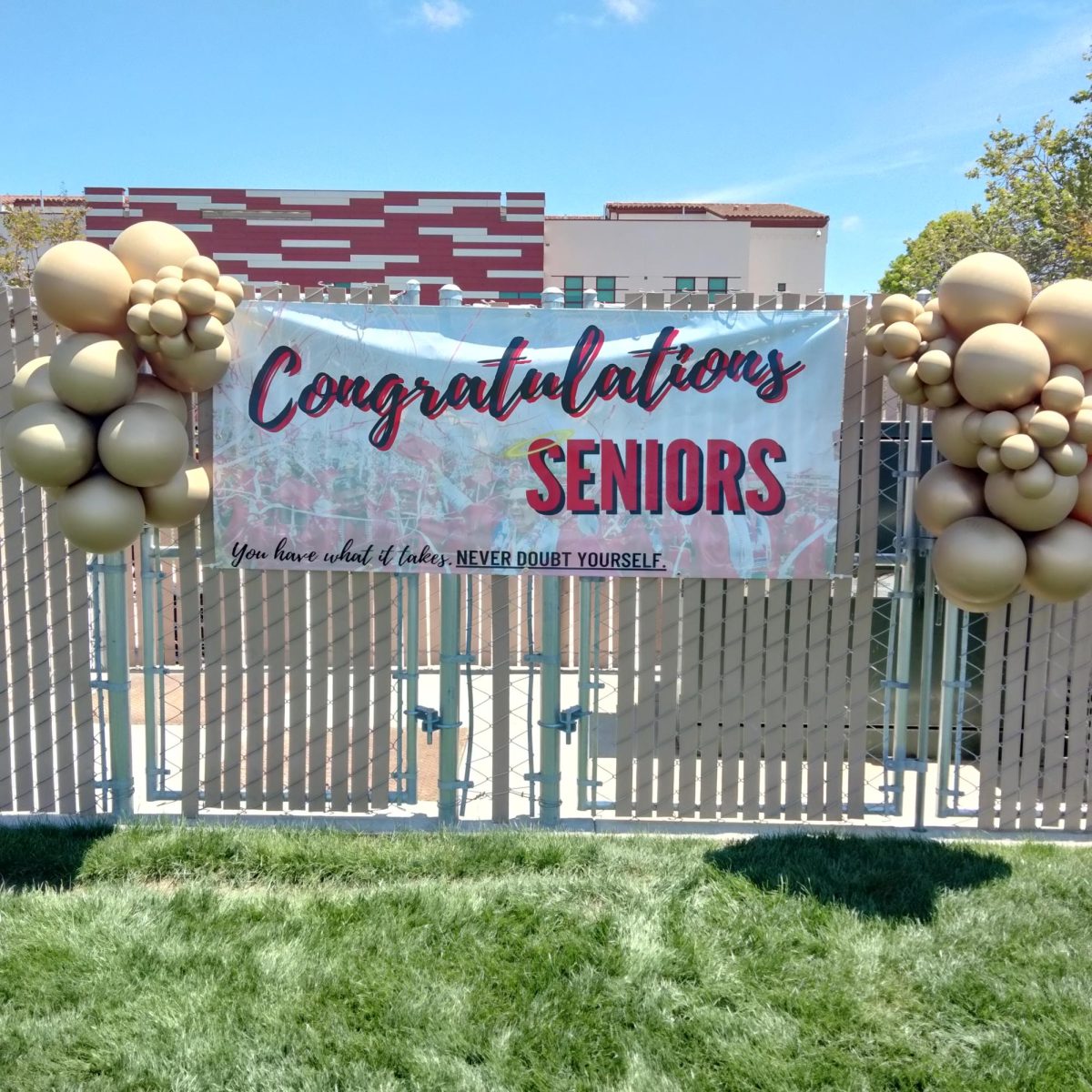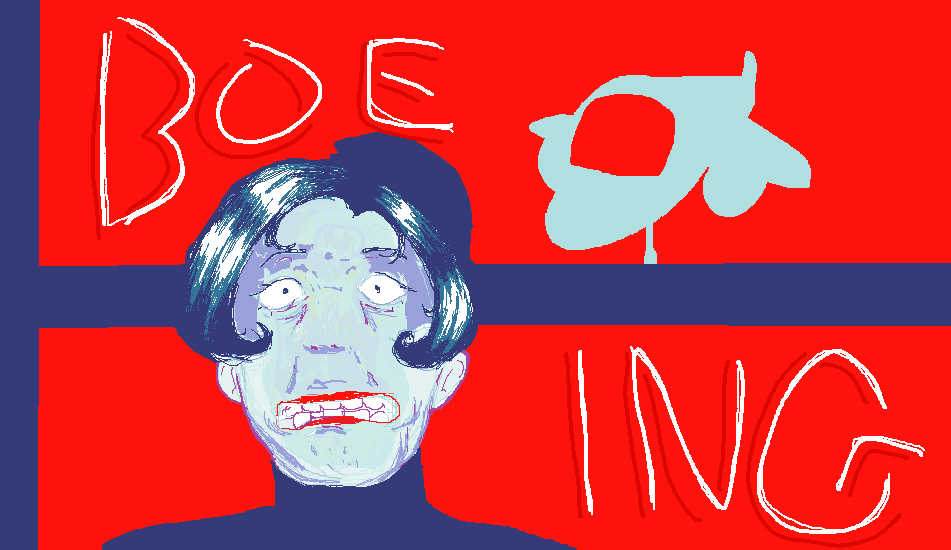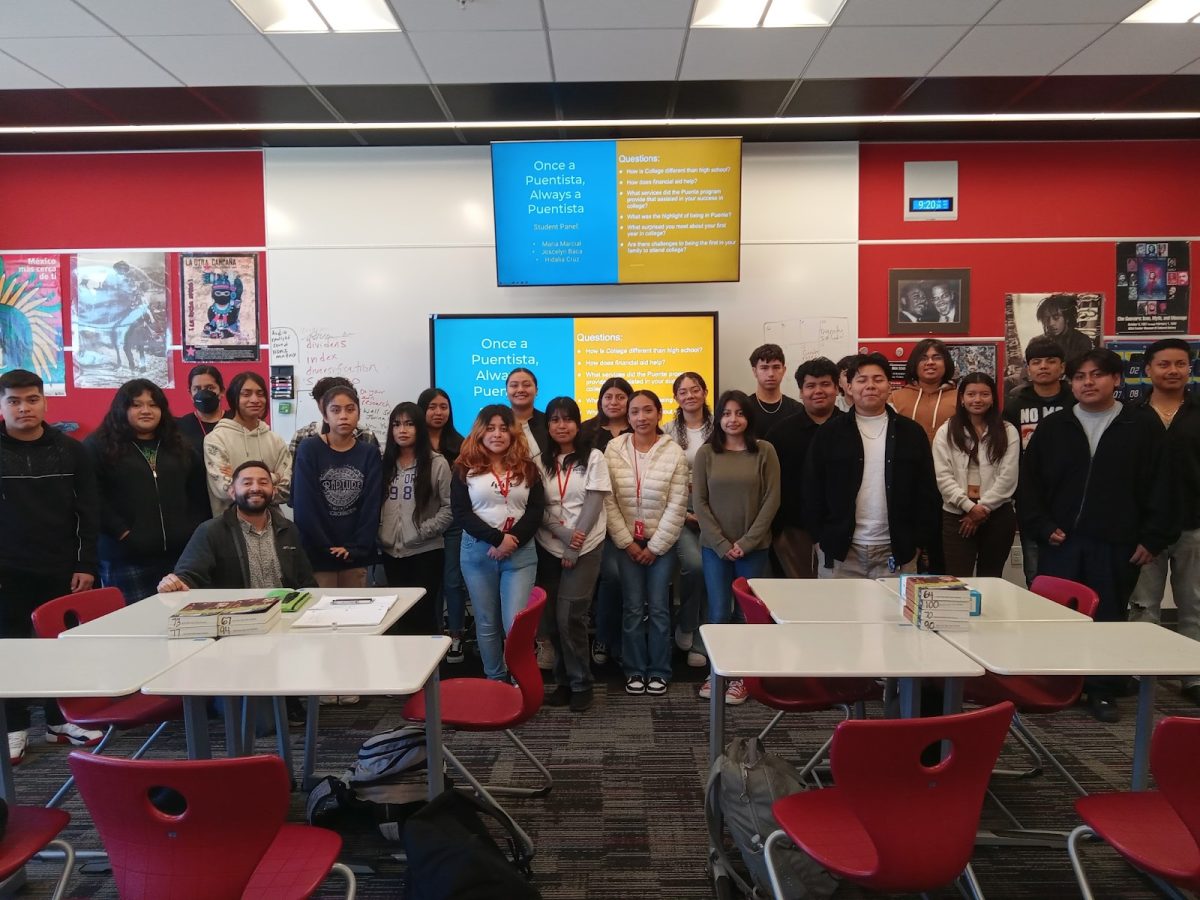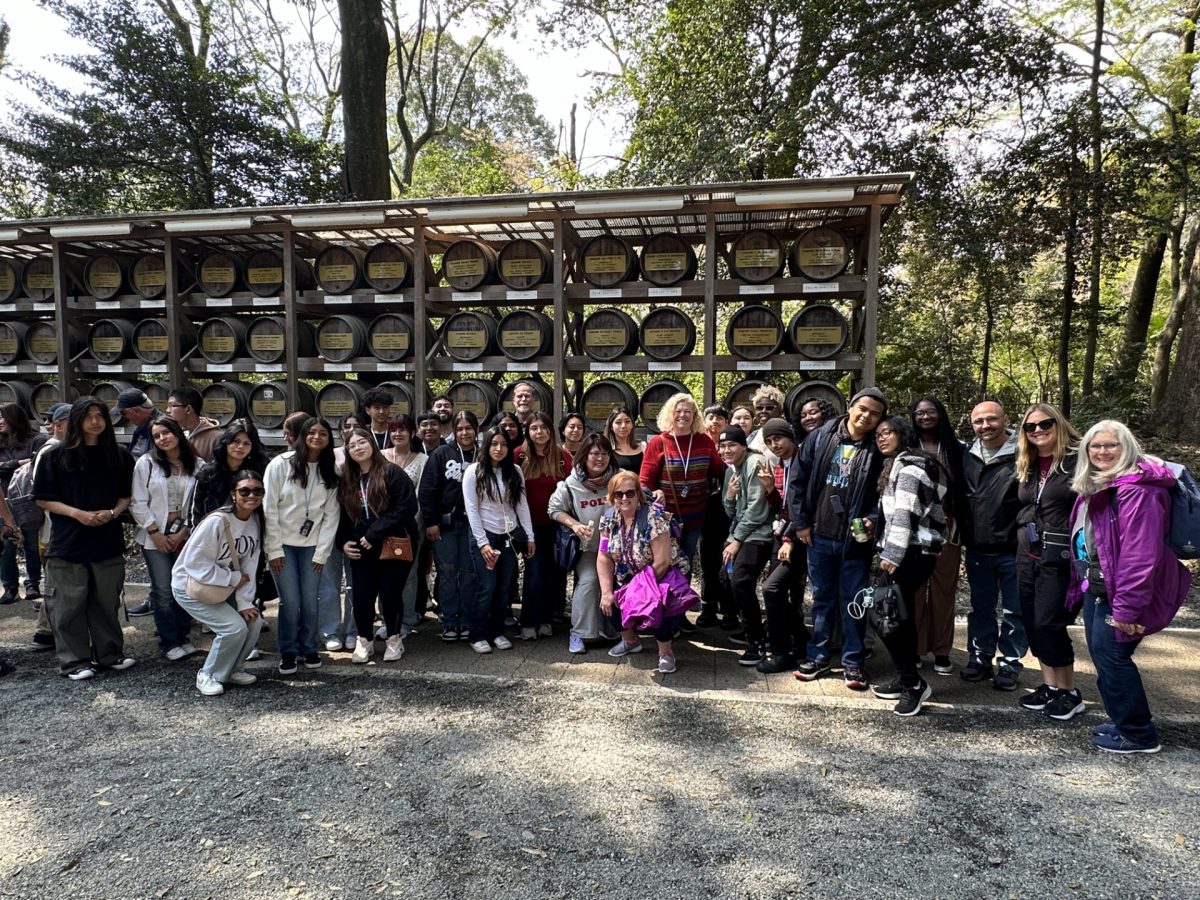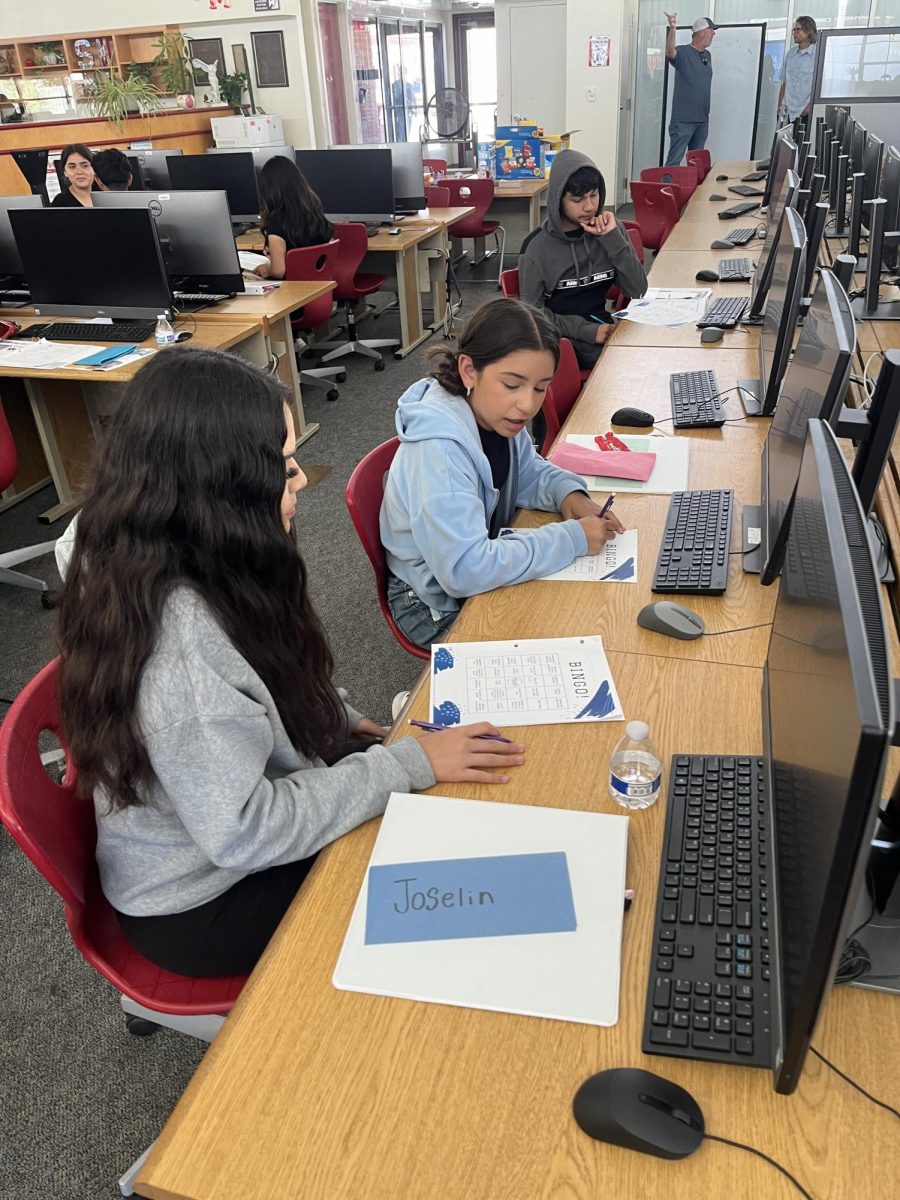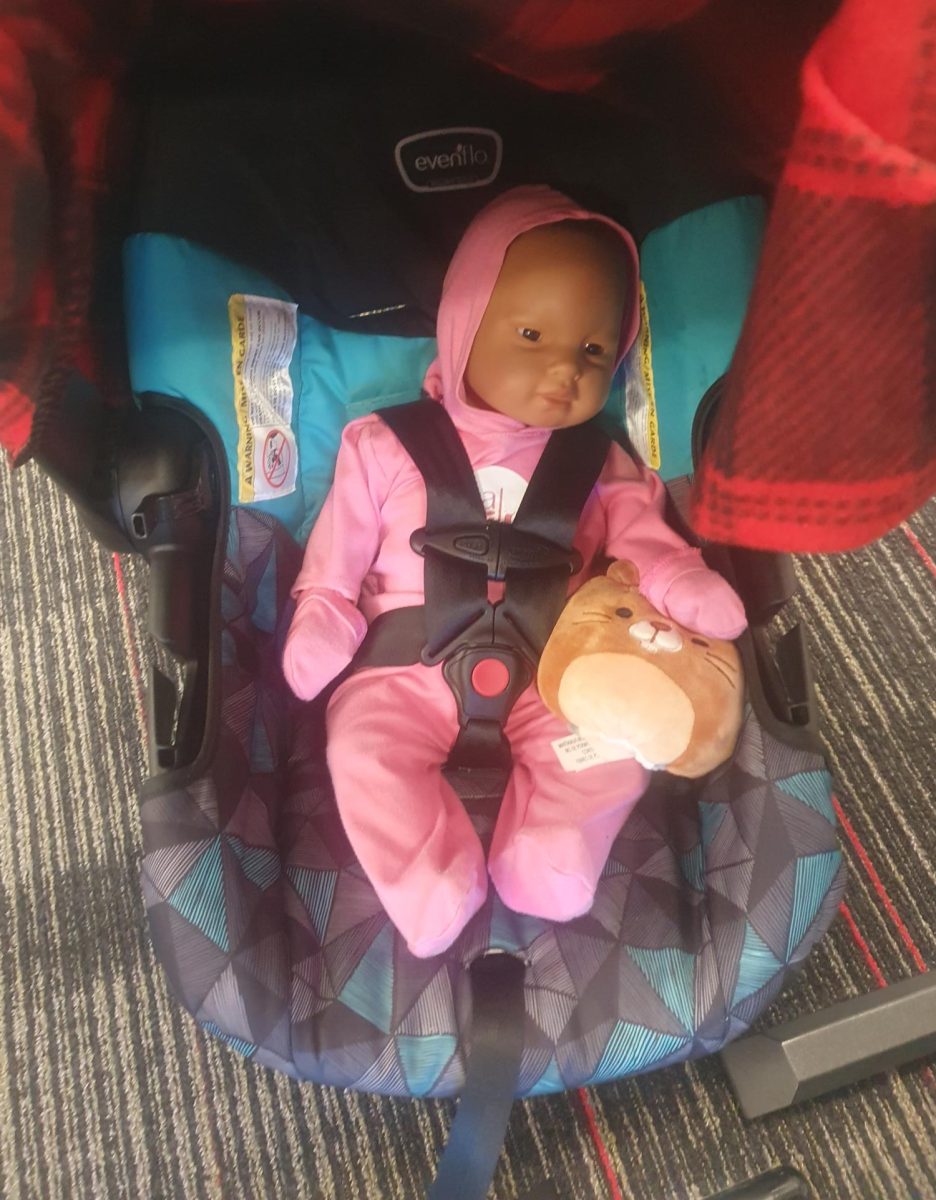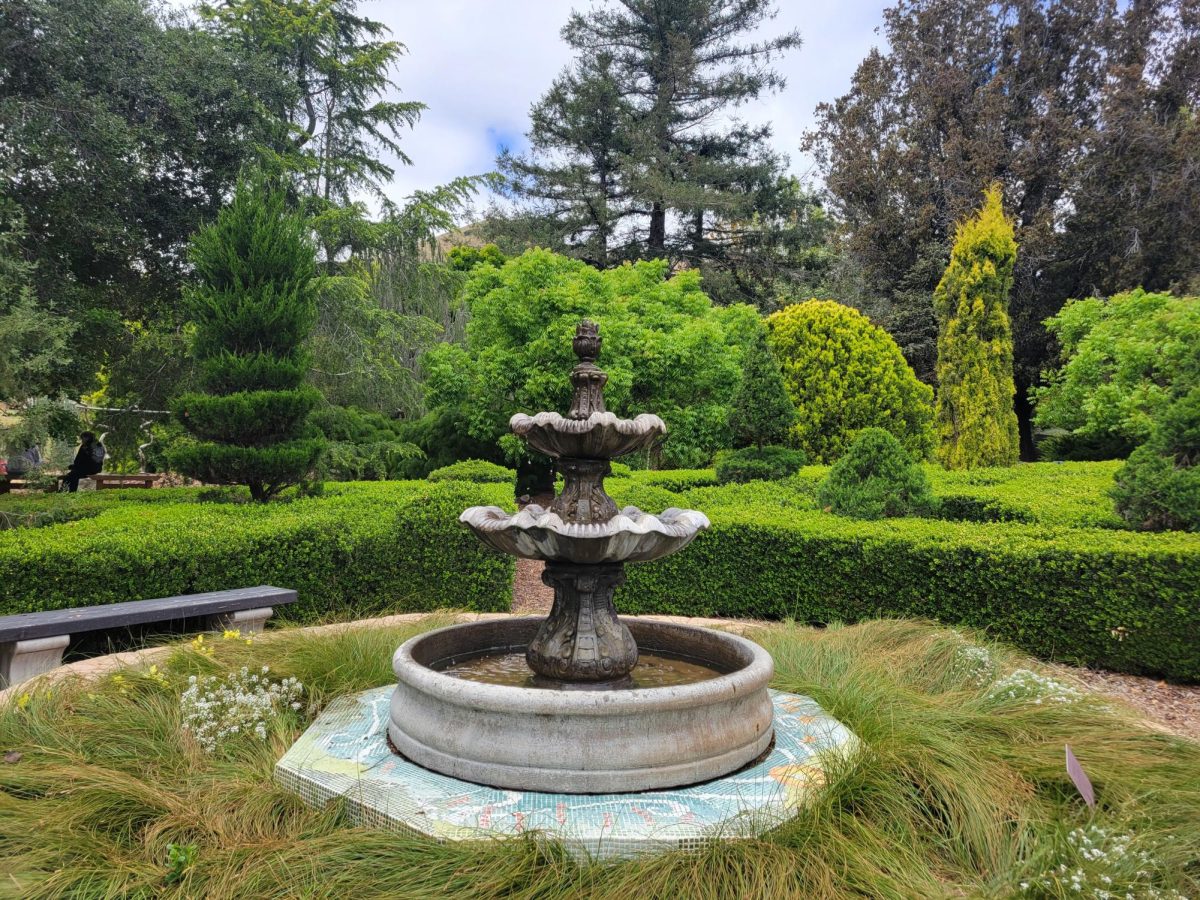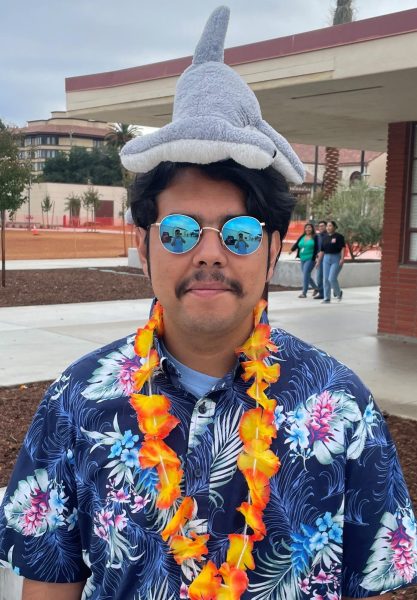The previously reported Solar Eclipse occurred on Monday, August 21st, 2017 and was unseen in California because of the cloudy weather here in Santa Maria.
For those who may not know what a total solar eclipse or an eclipse in general may be, we asked one of our science teachers to explain it. “It’s just two big rocks and a star and one rock is casting a shadow on the other” Mr. Wieman, Science teacher at Santa Maria High School.

Image from NASA.
Although, people here in SMHS expected to see the eclipse, California was once again not in the path for the total eclipse to affect the sky as it did in other states. Here is a link to see the path the total eclipse took.
The eclipse that California would have the ability to see is known as a partial eclipse. In this type of eclipse the sun is given a crescent shape similar to the moon throughout the lunar cycle.

Image from Greenvile Online.
Normally when an eclipse happens it is advised to wear “solar viewers”, sunglasses which are specifically meant for looking at the sun.
Another way of viewing the eclipse without damaging your eye retina would be to create a pinhole projector.
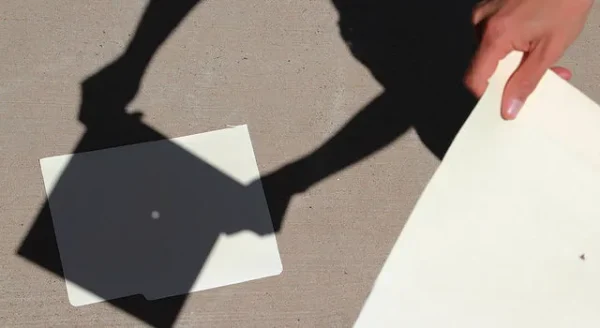
Photo credits to AccuWeather.
A pinhole projector could be created using two pieces of paper and a pencil. Poking a hole in one paper and placing the other on the ground, you are able to see a small hole of sunlight casted on the paper in the ground. In the hole, there is a shadow that comes from the moon covering the sun light.
Mr. Cheney, Government/Economics teacher at Santa Maria High School created a pinhole projector and the Eclipse was easily viewable by the small sunlight on the paper.
“Its just two big rocks and a star and one rock is casting a shadow on the other” Mr. Wieman, Science teacher at Santa Maria High School.
Below there are a few attempts to capture the total eclipse sent in by breeze staff members.
We also received images of what the total solar eclipse looked like from Indiana.


